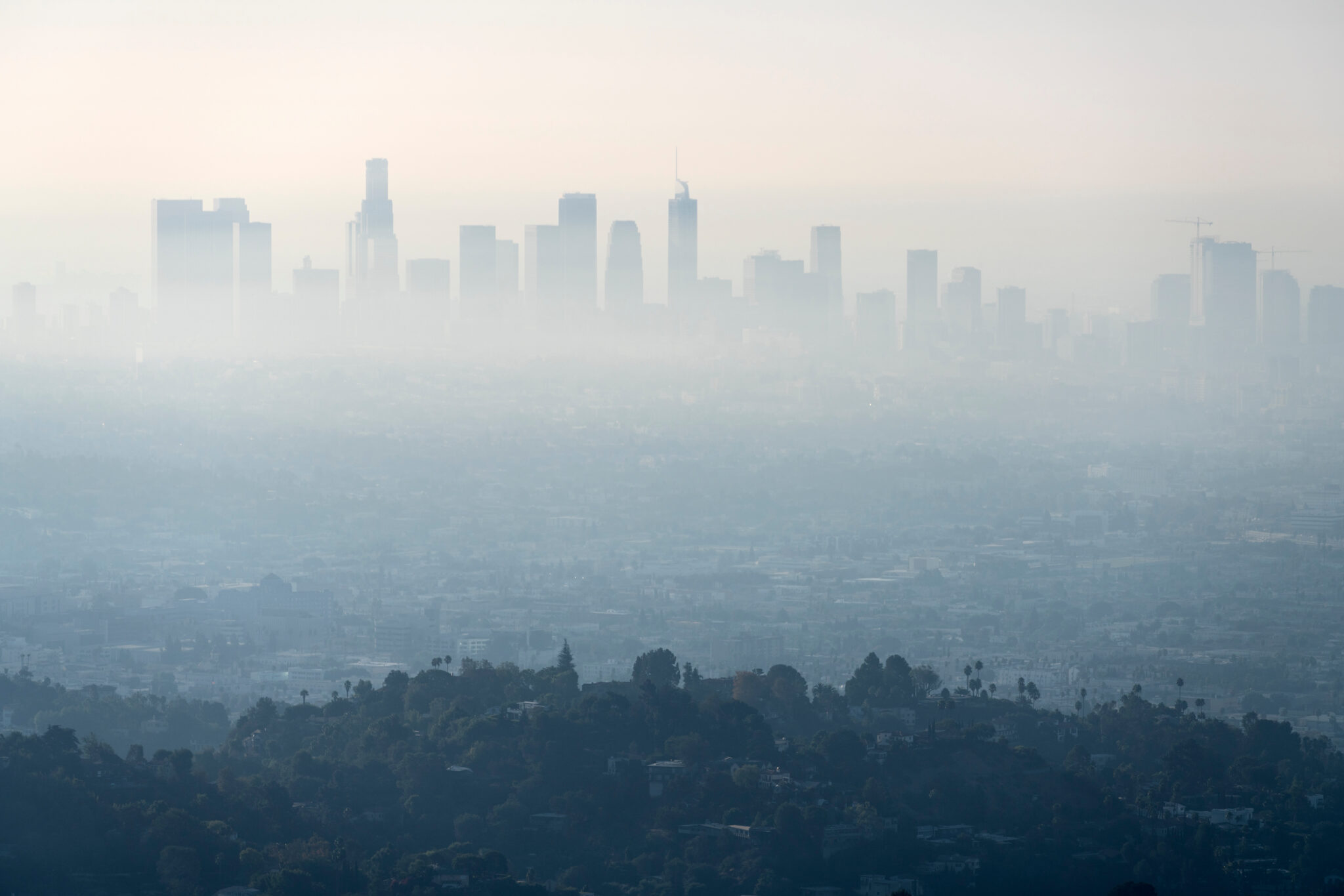Ozone & Aerosol Exposure Maps for Climate Health & Agricultural Impact Assessments

Photo credit: trekandphoto via Adobe Stock Images
Research in the past decade has underscored the critical importance of short-lived climate pollutants (SLCPs) – black carbon, methane, ozone and hydrofluorocarbons (HFCs) on global warming, precipitation and monsoon patterns. Mitigation of SLCPs promises substantial benefits for human health and agricultural productivity. This project is creating time-resolved maps of ozone and aerosol (particulate) exposure for the continental United States, and use this to examine the impact of SLCPs initially on labor productivity in California’s Central Valley. The methodology will then be expanded to the United States (a data-rich environment) with the ultimate goal of understanding global scaling potential (particularly to areas with little to no ground-truthing possibilities).
The end result of the scaled-up intervention are time-resolved pollutant exposure maps for the United States from 2004-2013, cross-checked by ground measurements, for black carbon, sulfates, and total aerosols, as well as ozone, NOx, CO, and the VOC:NOx ratio. These gridded maps will have immediate applicability for climate, health and agriculture impact assessments, and will be of great importance to the broader research community studying climate and environmental impacts.

